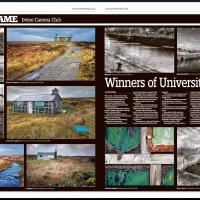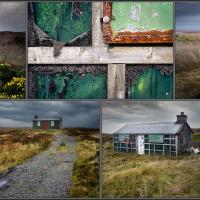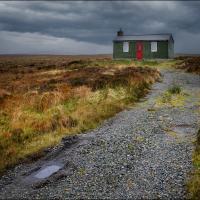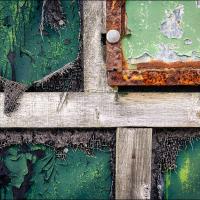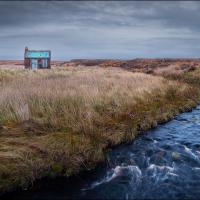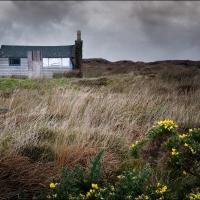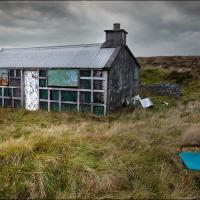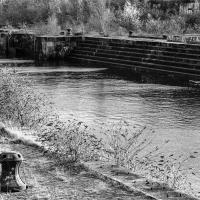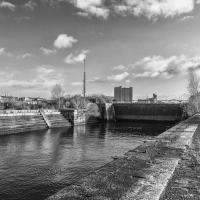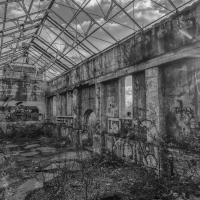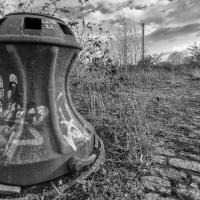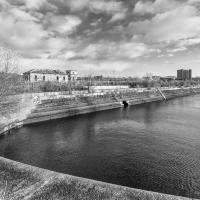This week Irvine Camera Club present two photo projects that came first and second in our recent Photography Panel competition judged by Chris Gilgallon of the University of the West of Scotland
The Modern sheilings of Lewis by David Bell (1st Place)
During my visits to Harris and Lewis I came across these little huts or sheilings. They make such interesting subjects to photograph. I like the way they standout against the bleak moorland with their bright colours and textures.
Sheilings were traditionally used by shepherds and often their families in the summer pastures. They are also found in the peatlands. Peat is still cut to this day if you have the rights to cut it. It is a very labour-intensive process. Traditionally sheilings were built of stone, however nowadays they are of a modern construction. Made of timber and modern materials, like the ones in my photos.
You can see a variety of shielings across Scotland and the North of England. However, the surviving ones are more common in the Highlands and Islands. These particularly picturesque shielings were on Lewis on a single-track back road, I stumbled across.
Glasgow Govan Graving (Dry) Docks by Janet Paterson (2nd Place)
Built between 1869 and 1898 for the Clyde Navigation Trust. Used for winter maintenance and refits of Clyde Steamers. Closed in 1988.
Having read an article that a proposal had been put forward for planning permission to create residential homes, I decided that I wanted to make a visual document of the docks before they are lost forever, only to be seen in a book of “Glasgow’s Past”.
My intention was to produce a set of images that show how these magnificent docks and the pump house had been left to the elements, vandalism and fly-tippers alike.
I want the viewer to hear the noise of the hundreds of men that worked at these docks, to feel the sense of camaraderie, of friendships that lasted a lifetime, and a community that was created. To have a feeling of admiration and pride of what these docks and great City could produce but also a sense of sadness of what the City has lost, and finally, to feel the stillness and emptiness that now replaces a lost industry.
We call it “regeneration”, is it? To some it will be, to others it won’t. The only people who can tell us for sure is the people who worked and built their lives around these docks, many who will no longer be with us.

